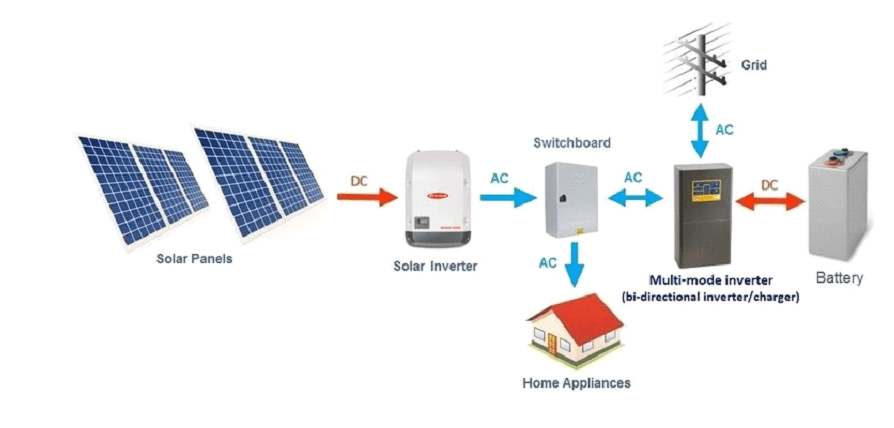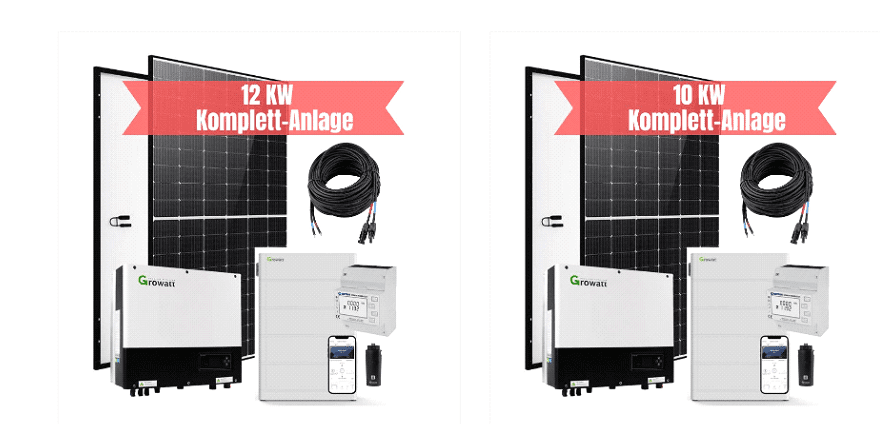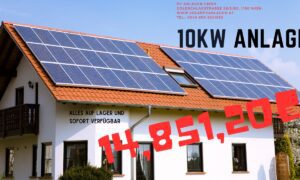Photovoltaic systems have become increasingly popular as a reliable and sustainable source of energy. They work by converting sunlight into electricity through the use of photovoltaic cells. PV Anlagen can be used to power homes, businesses, and communities, and are a cost-effective and environmentally friendly alternative to traditional energy sources.
However, designing an efficient and effective PV system requires a deep understanding of the technical aspects of photovoltaic technology. In this article, we’ll discuss the technical aspects of photovoltaic systems for PV system design.
Understanding Photovoltaic Technology
Photovoltaic cells are the fundamental components of a photovoltaic system. They are made of semiconductor materials  such as silicon and convert sunlight into electricity through a process called the photovoltaic effect.
such as silicon and convert sunlight into electricity through a process called the photovoltaic effect.
When sunlight hits a Photovoltaic cell, it excites the electrons in the semiconductor material, causing them to move and gene rate a flow of electricity. Multiple cells are connected together to form a module, and multiple modules are connected together to form a panel.
The electricity generated by the panel is direct current (DC) electricity, which can be used to power devices such as lights, appliances, and electronics. However, most homes and businesses use alternating current (AC) electricity, which requires an inverter to convert the DC electricity into AC electricity.
Designing a PV System
When designing a PV system, there are several factors to consider ensuring maximum efficiency and energy production. These include:
Location:
The location of the PV system is important, as it affects the amount of sunlight the panels receive. The angle and orientation of the panels should be optimized to capture as much sunlight as possible.
System size:
The size of the PV system depends on the energy needs of the home or business. A larger system can generate more electricity but is also more expensive.
Inverter:
The inverter is an important component of the PV system, as it converts the DC electricity into AC electricity. The type and size of the inverter should be chosen based on the size of the system and the energy needs of the home or business.
Battery storage:
Adding battery storage to a PV system can provide backup power during outages and increase self-sufficiency. The size and type of batteries should be chosen based on the energy needs of the home or business.
Monitoring system:
A monitoring system can provide real-time data on the performance of the PV system, allowing for early detection of any issues or inefficiencies.
Conclusion
Designing an efficient and effective PV system requires a deep understanding of the technical aspects of photovoltaic technology. By considering factors such as location, system size, inverter type, battery storage, and monitoring, you can ensure maximum efficiency and energy production.
At solarpvanlagen.at, we offer a range of services for PV system design, installation, and maintenance. Whether you’re looking to install a new system or optimize an existing one, our team of experts can provide the guidance and support you need. Contact us today to learn more about how we can help you harness the power of photovoltaic technology for your home or business.































